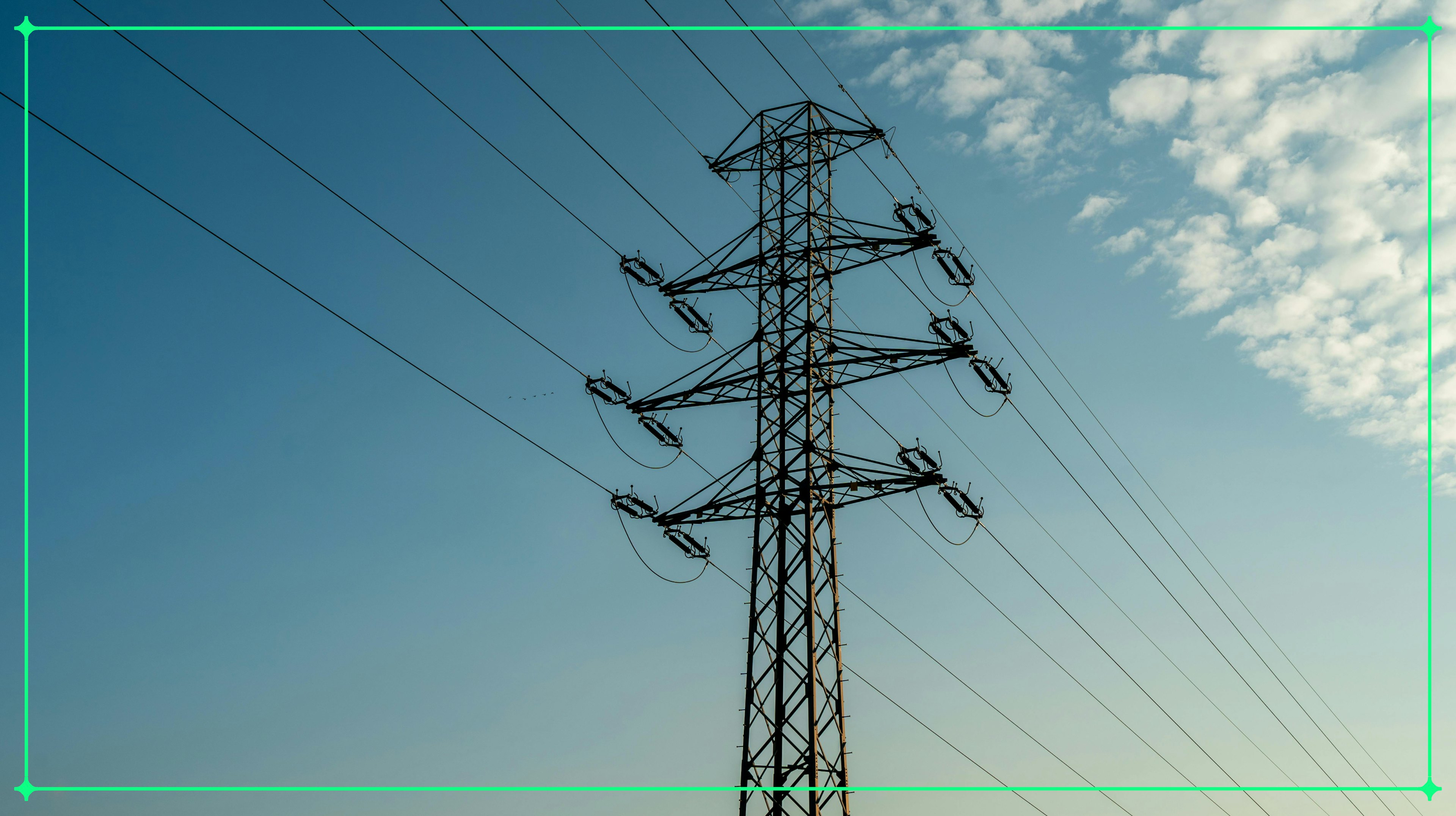Top 5 energy management strategies for lower costs

Managing energy consumption is both an environmental consideration and a valuable financial strategy. However, many companies struggle to combine the right elements to successfully reduce their energy consumption and costs.
So, when it comes to building the right strategies for energy management, what exactly are the right pieces to complete the puzzle? Check out our top five elements for building a successful energy management strategy:
1. Identify sources of energy consumption
Whether it’s natural gas, electricity, water, or something else, understanding what types of energy your company is using can help you identify the specific areas that are utilizing the most energy. Breaking down energy consumption helps your organization identify which areas are consuming the most, allowing you to take steps to monitor usage activity — saving you money while reducing your carbon footprint. Identifying sources of energy consumption is one of the first steps that climate consultants and solution providers take when helping their customers optimize their utility spend.
2. Set an energy consumption baseline
Understanding how and where energy is consumed allows you to establish a baseline for current energy usage. A baseline is crucial for measuring the effectiveness of any energy-saving initiatives and for setting realistic and achievable energy reduction targets.
This requires a critical piece that many companies currently lack — direct access to utility data. Without direct access, teams must go to great lengths to scrape together energy data that is fragmented in disparate formats across various utilities. Then, once they find the data it is often entered and managed manually, in bespoke formats, in a way that is slow and expensive.
A tool like Arcadia’s platform can provide the detailed, account-level energy data required to create a baseline. Instead of having to audit hundreds or even thousands of utility bills for your business and/or its customers, this direct access to energy data allows you to quickly comprehend your energy usage to power future decisions.
3. Enable accurate cost calculations
With energy data and an accurate consumption baseline on hand, energy managers can begin to analyze how energy is being used and identify which sites are consuming the most energy. However, because electricity pricing structures (aka tariffs) are so complex, energy optimization activities such as cost-benefit analysis, bill audit modeling, and project forecasting require a great deal of expertise and labor hours to crunch the numbers.
Fortunately, there is a way to automate tariff calculations so your business can calculate the cost of energy under any electricity rate and forecast accurate savings for different scenarios. Arcadia provides many of the data points required for cost management and optimization, including complex factors such as energy usage, peak demand, monthly fixed rates, seasonality, time of use, and more.
4. Identify opportunities to save on costs
Equipped with the utility and tariff data required to better understand energy consumption in the past, present, and future, your business can begin testing proactive steps to reduce costs. This might include adopting energy-efficient equipment, trying out renewable energy sources, or investing in software solutions that help employees make more sustainable choices.
In addition to optimizing energy usage within one’s own company, here are a few examples of industries that have used the strategies above to help their customers:
- EV Charging: Access to energy and tariff data allows electric vehicle companies to choose the best sites and optimize customers’ charging patterns.
- Solar and Storage: Automating the complex tariff calculations required for solar and storage modeling helps provide prospects with accurate savings insights and forecasts to close deals.
- Energy Management Service Providers: Comprehensive energy and tariff data can be used to optimize usage, model costs, and offer recommendations to customers
5. Track your progress
After changes are made to daily operations, track the difference between energy usage. If the data is the same and no progress is being made, then you can experiment with an alternative tactic for reducing energy consumption. Tracking your progress allows you to see if your changes are effectively reducing costs.
Enterprise sustainability reporting is another area where Arcadia’s platform provides value. Our energy data can help you benchmark, track, and report accurately on carbon emissions for ESG and other corporate sustainability projects, for yourself or your customers. Arcadia’s Datahub solution also calendarizes and standardizes your energy data for top-quality ESG reports.
The platform behind the world’s best energy management strategies
Looking to level up your business’s approach to energy management? Our data platform can help. Arcadia unifies tens of thousands of fragmented data sources to provide access to the widest breadth of consistently updated tariff and utility account data in the world. Our solutions connect your business to this unified data layer of energy consumption and cost information, enabling a range of energy optimization and reporting use cases.

Want to learn more about Arcadia's data platform? Reach out to our team.
Get in touchJoin our newsletter
Stay updated with our latest insights, industry trends, and expert tips delivered straight to your inbox


